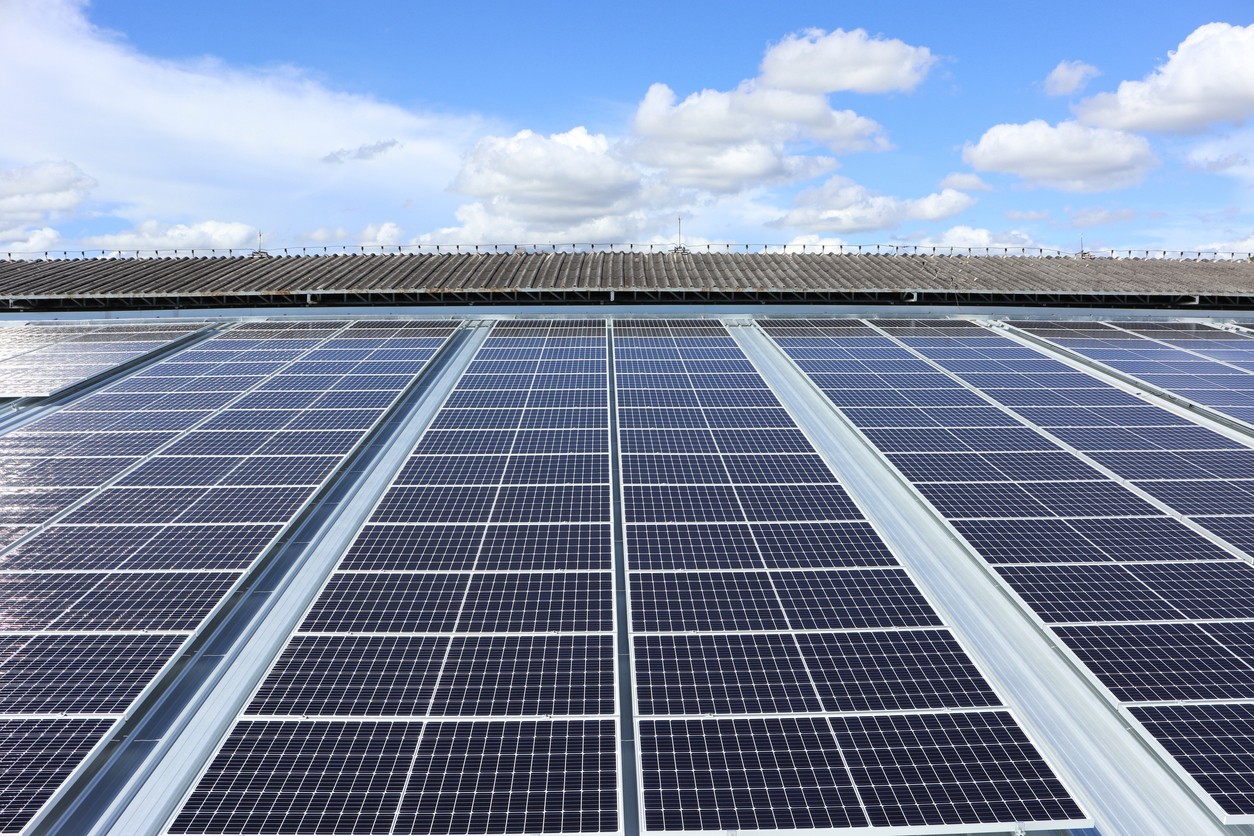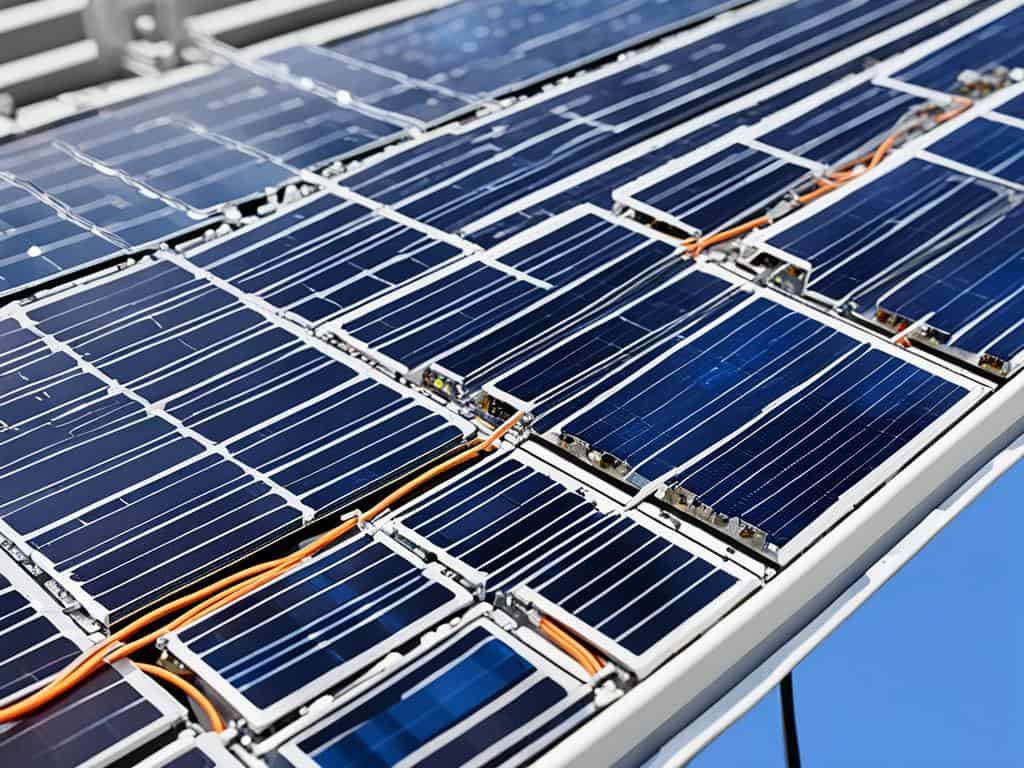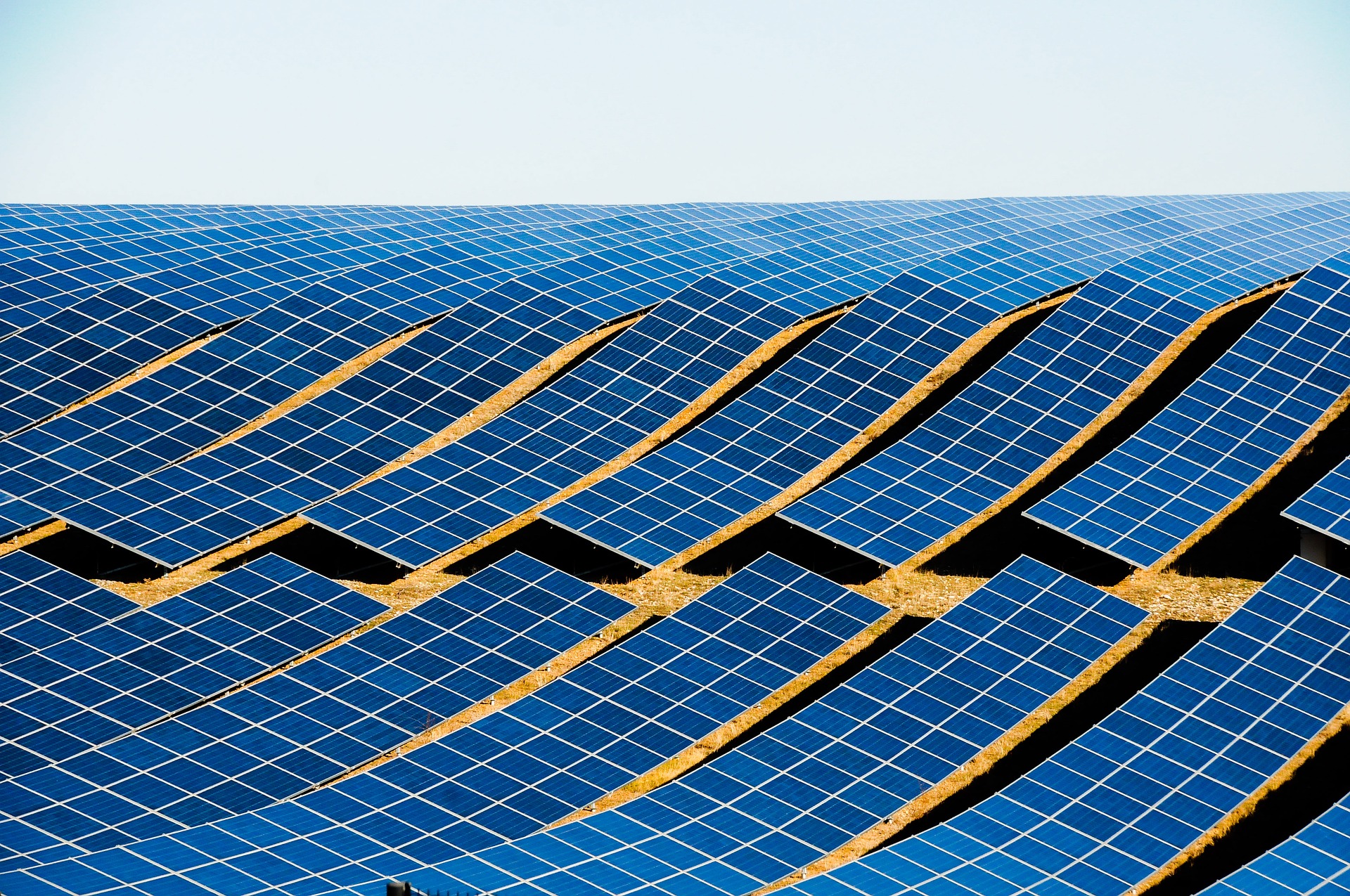Monocrystalline solar panels are very efficient since they have a homogeneous crystal structure. Their conversion efficiency greatly exceeds that of polycrystalline silicon, which has a conversion efficiency between 15% and 20%. The Czochralski process is utilized for the production of monocrystalline solar panels, and silicon purity can reach as high as 99.9999%. Therefore, energy conversion losses in such panels are minimized. Besides, they have a temperature coefficient of about -0.3%/°C, which means their performance in high temperatures is well assured, making them ideal for sunny areas. For instance, areas in the hot southern regions may have monocrystalline panel yields of up to 7,500 kilowatt-hours in a year, with an average investment return period of 5 to 7 years.
Material Properties and Energy Conversion Efficiency
The major material that constitutes this type of solar panel is monocrystalline silicon. The uniform crystal structure of single-crystal silicon supports high electron mobility, efficiently converting light energy to electrical energy. Data from the International Solar Cell Testing Center published in PV Tech states that conversion efficiency for most single-crystal silicon panels normally ranges between 20% and 25%, although there are models whose conversion efficiency is reported to be above 26%. By contrast, most polysilicon panels are much less efficient, usually achieving between 15% and 20%. It is readily understandable that, under these conditions, monocrystalline panels will generate more under the same lighting conditions.
This high energy conversion capability is also partly due to the purity and structure of monocrystalline silicon and its light absorption characteristics. Monocrystalline silicon panels can absorb a large portion of the visible light spectrum, which is the reason they can retain their high power output in all sorts of lighting conditions. For instance, during overcast days or low light conditions, their power generation capability remains considerably higher compared to other types of panels.
A few popular monocrystalline panel models, such as "UltraSolar 360" by [manufacturer], reach an efficiency of 24.5% under standard test conditions and thus lead the world in a number of rankings. This increased efficiency not only serves to raise electricity generation but also lowers the cost per kilowatt-hour for better investment returns.
Advancements in Production Technology
Monocrystalline silicon solar panels are mainly manufactured through the Czochralski process, in which high-purity silicon is melted and single-crystal silicon rods are slowly pulled upwards with the assistance of a seed crystal. This process has very high requirements for temperature, atmosphere, and operating conditions; thus, strict controls are placed to ensure product quality.
To address market demand, most manufacturers started employing upgraded versions of the Czochralski process in the last few years. These advancements increase the yield of monocrystalline silicon while decreasing production costs simultaneously. For example, some advanced production lines can produce as much as 500 kilograms of single-crystal silicon rods in just one hour. This significantly helps meet market demand.
Besides the conventional CZ methods, several alternative technologies have also been developed for single-crystal silicon production. Novel methods such as "rapid melting" allow melting and crystallization of silicon to be realized faster compared with other methods, aiming at improving productivity. Applying such novel processes not only improves economic efficiency but also reduces environmental impact.
Furthermore, cutting techniques are constantly updated; for instance, laser cutting technologies have been developed to reduce cutting losses and further increase the utilization of raw materials. According to industry data, laser cutting increased the production efficiency of monocrystalline panels by over 15%, fully reflecting remarkable achievements in capacity and positive contributions to environmental sustainability.
Flexibility in Size and Layout
The general design and layout features of monocrystalline solar panels are more flexible because of the relatively small cell sizes. Conventional or standard monocrystalline solar panels are made of cells sized 156mm x 156mm, though optimized designs can further reduce these sizes to achieve higher power density. According to the International Energy Agency (IEA), the power density in monocrystalline solar panels could reach a maximum of 200W/m², while most polycrystalline panels achieve an average of around 150W/m².
This high power density enables monocrystalline panels to produce more electricity in limited spaces. The rooftop monocrystalline solar system of a commercial building in the city can be installed to reach capacities significantly higher than those achieved using polycrystalline panels. This advantage allows monocrystalline panels to be widely used in urban environments where meeting the growing energy demand is a challenge.
In practical use, the layout of monocrystalline solar panels is very flexible and can be adjusted based on different building shapes and sunlight conditions. Most urban buildings tend to integrate monocrystalline panels into their façades, balconies, or even windows for full exploitation of renewable energy. This enables efficient operation of monocrystalline panels in various environments and provides a solid foundation for the promotion of renewable energy.
Superior Temperature Coefficient
One of the most important parameters for estimating stability under various temperature conditions is the temperature coefficient. The temperature coefficient of monocrystalline solar panels is usually around -0.3%/°C, while that of polycrystalline panels can be around -0.5%/°C. This means that the efficiency of monocrystalline panels decreases less at high temperatures, so their performance remains better.</span></p>
<p class="md-end-block md-p"><span class="md-plain">In practice, monocrystalline panels perform around 20% better than polycrystalline panels, especially for projects in hot southern regions. Some solar power systems, for instance, may remain relatively stable even when temperatures rise up to 40°C, while polycrystalline panels may suffer significant declines in efficiency. This makes monocrystalline panels especially suitable for tropical and subtropical climates, guaranteeing supply during periods of peak demand.
Practical Applications and Investment Returns
It's also well documented that even though the initial investment in monocrystalline solar panels is high, their long-term energy generation capability and lower maintenance costs result in a lower total cost of ownership. Some research institutions report that the payback period for monocrystalline panels is generally around 5 to 7 years, while it takes 7 to 10 years for polycrystalline panels. This significant gap ensures that monocrystalline panels are more lucrative regarding returns on investment.
A monocrystalline solar system could generate an average annual output of 7,500 kWh in large commercial projects, while a polycrystalline panel system under the same conditions may realize only 6,000 kWh. This difference in electricity output can substantially improve overall economic benefits over time. In addition, quite a few regions have more policy support and financial subsidies for projects using monocrystalline solar panels, which further increases their economic viability.



